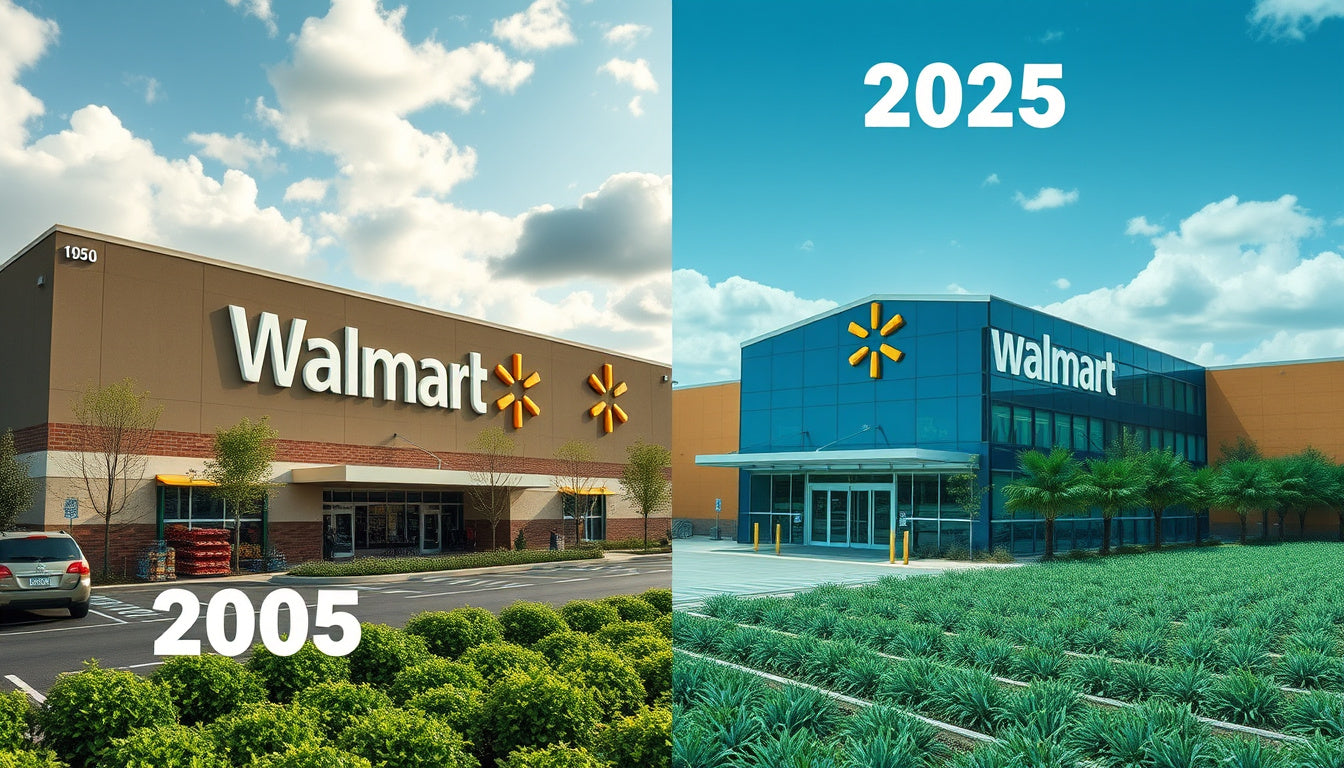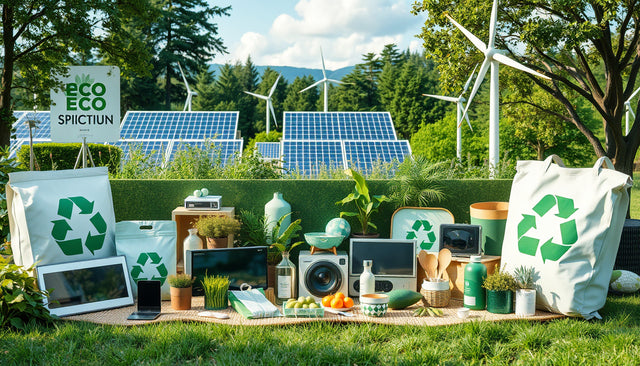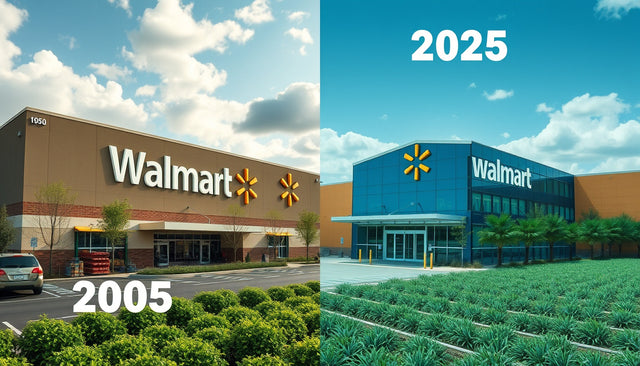Reflecting on Walmart CEO Lee Scott’s Landmark 2005 Sustainability Speech: Impact and Ongoing Challenges
Introduction: A Seminal Moment in Corporate Sustainability
On October 23, 2005, Walmart CEO Lee Scott stood at Bentonville and spoke. He used “21st Century Leadership” as his title. In that moment, he linked Walmart’s future to strong environmental care. His words shifted views. Before, the company seemed out of step; now, it aimed to show true sustainability. Even after twenty years, we hear that speech as vital for corporate change.
Scott’s Bold Sustainability Commitments
Scott set three clear environmental goals. He planned to:
- Use only renewable energy throughout Walmart.
- Stop creating waste in all operations.
- Sell products that help protect nature.
He spoke with care. He admitted the targets were hard to reach. “I’m not sure how to achieve them, at least not yet,” he said. Each word joined closely with the next to build a bold, clear plan.
Progress and Measurable Impact Over 20 Years
Twenty years later, Walmart’s Fiscal 2025 ESG Report shows progress. The report links steps and outcomes with care:
- Renewable energy now fills 48.5% of Walmart’s global electricity needs.
- Managers improved or restored 43.3 million acres of land.
- Scope 1 and 2 emissions dropped 18.1% since 2015. Scope 3 emissions went up 4% in a short span, but overall intensity fell 6%.
- About 83.5% of waste stays out of landfills and incinerators.
- More than 82% of private brand plastic uses recyclable design.
- Nearly 95% of U.S. fresh and frozen seafood comes from sustainable sources.
These numbers show that as Walmart grew—with a 44% revenue boost to $681 billion—the company kept a close link between growth and sustainability.
Initiatives Spawned by Scott’s Vision
Scott’s words caused new projects to appear. These include:
- The Sustainability Index, which compares how green each product is.
- Sustainable Value Networks that help supply chains work hand in hand.
- Project Gigaton, which aims to cut 1 billion metric tons of greenhouse gases by working with suppliers. Each goal joins effort with the search for better results.
Assessing Success: Mixed Reviews and Unfinished Business
Researchers rated Walmart well. They gave top scores for energy and waste cuts. Yet, they gave a modest “generous C” for product sustainability. This shows that some challenges still join together such as tracking supply chains and checking product impact. Critics also link Walmart with other issues. They remind us of low wages, strict anti-union policies, gaps in chemical transparency, and a reliance on suppliers to meet simple packaging and waste rules.
Stakeholder Engagement and Industry Influence
Walmart built close ties with groups like the Environmental Defense Fund (EDF) and the Environmental Working Group (EWG). These links helped the whole industry raise its standards:
- Walmart asked suppliers to reduce priority chemicals after an EWG campaign in 2014.
- The “EWG Verified” mark helped consumers see the facts.
- In 2017, Walmart’s goal on chemical footprints nudged rivals like Target and Dollar General to make changes. Each connection in these efforts shows Walmart building a network that spreads responsible practices far and wide.
Conclusion: A Transformative Speech with Work Ahead
Lee Scott’s 2005 speech changed the course of corporate environmental steps. His simple, strong words set Walmart—and many other retailers—on a clear path toward environmental care.
Even with clear gains in renewable energy, waste management, and supply chains, Walmart’s plan needs more work. The link between product design and social actions still needs to tighten.
Transparent actions, fresh ideas, and steady teamwork will help Walmart keep its promise. The company strives to be a true leader in responsible business.
Sources:
- Walmart Fiscal 2025 ESG Report
- Interviews with former and current Walmart executives and NGO leaders
- Joel Makower, "20 Years Later, Assessing the Impact of a Walmart CEO’s ‘Gutsy’ Sustainability Speech," October 23, 2025
- Collaborations of Environmental Defense Fund & Environmental Working Group with Walmart
Design Delight Studio curates high-impact, authoritative insights into sustainable and organic product trends, helping conscious consumers and innovative brands stay ahead in a fast-evolving green economy.






















0 comentarios